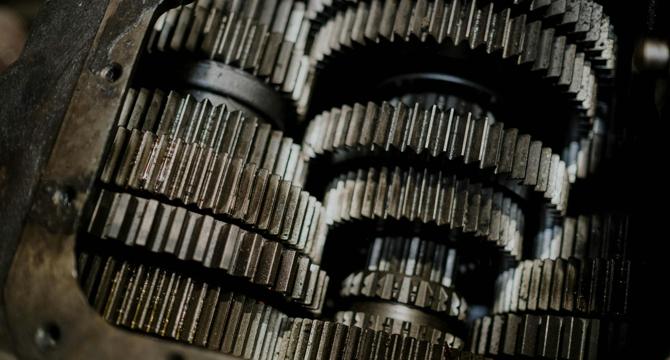Entrepreneurshiplife
2w
90

Image Credit: Entrepreneurshiplife
Gearbox Failures: How Poor Helical Gear Manufacturing Can Be the Root Cause
- Gearbox failures can often be traced back to issues in the manufacturing of helical gears, leading to premature failures in gearboxes.
- Helical gears, known for their high load-carrying capacity and quiet operation, can be sensitive to geometry and material flaws introduced during manufacturing.
- Common manufacturing errors in helical gears include tooth profile deviations, runout issues, surface finish irregularities, heat treatment defects, and material inconsistencies.
- Modern quality control procedures may not always detect these flaws due to gaps in inspection protocols or inadequate control over processes like heat treatment.
- A single faulty gear can have systemic effects, causing increased vibration, wear of adjacent components, breakdown of lubricants, and eventual catastrophic failure.
- Preventing gear-related gearbox failures requires strict process control, precision manufacturing practices, thorough heat treatment, and rigorous inspection protocols.
- Collaboration with trusted and technically proficient helical gear manufacturers is crucial for ensuring long-term gearbox performance and reducing the probability of failures.
- Gear manufacturing quality should be a strategic priority to avoid operational and financial consequences of gear-related failures.
- Investing in better manufacturing practices and closer collaboration with gear suppliers can help prevent gear-related failures and ensure gearbox reliability.
- Small errors in precision systems, especially in helical gears, can accumulate and lead to costly failures, highlighting the importance of attention to detail in gear manufacturing.
Read Full Article
5 Likes
For uninterrupted reading, download the app